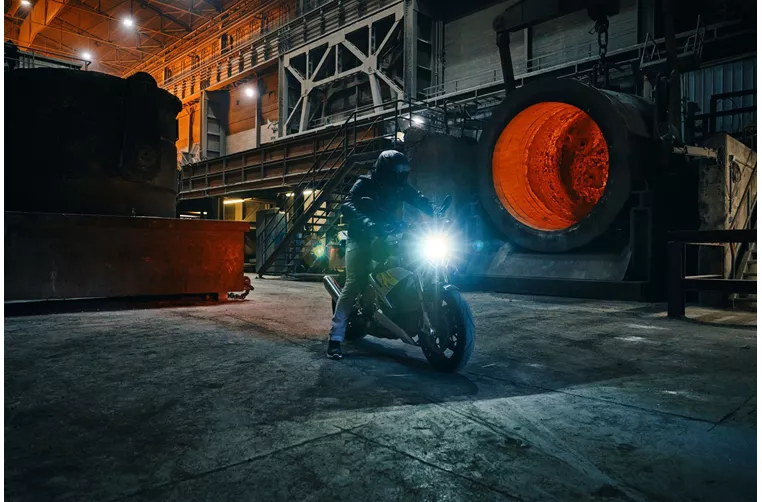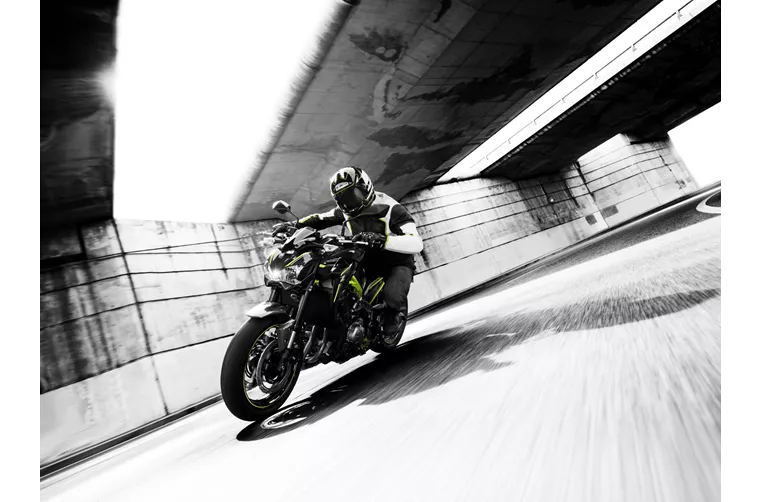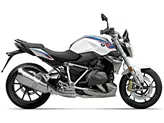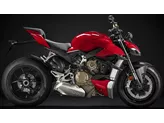BMW S 1000 R 2021 vs. Kawasaki Z900 2018
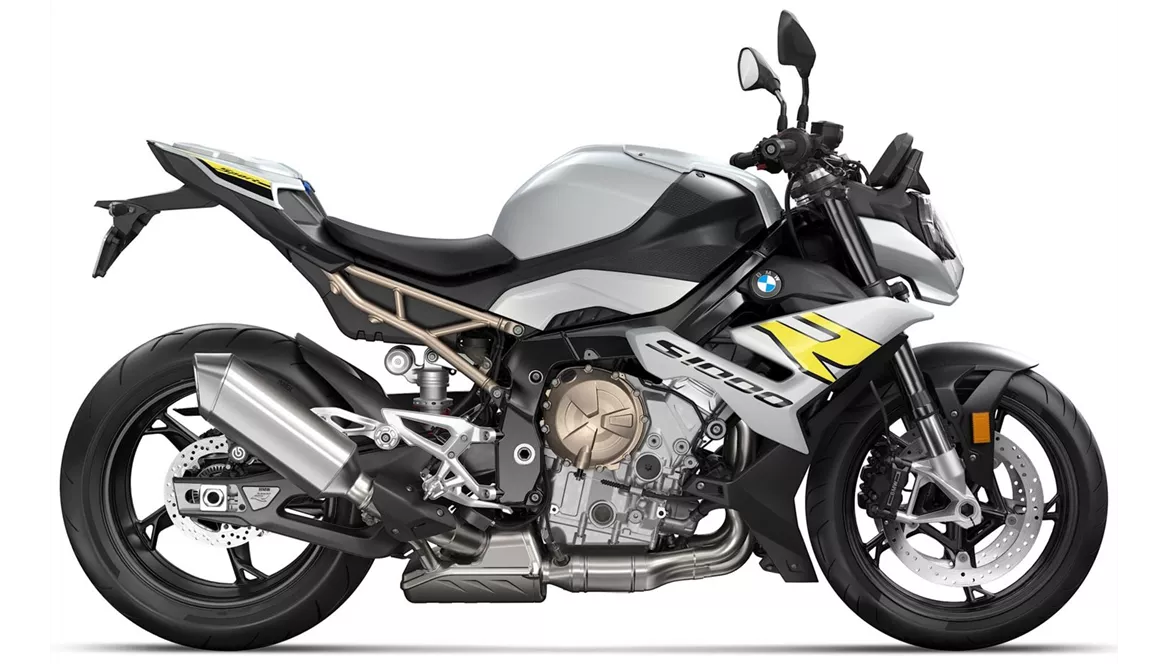
BMW S 1000 R 2021

Kawasaki Z900 2018
Overview - BMW S 1000 R 2021 vs Kawasaki Z900 2018
The BMW S 1000 R 2021 and the Kawasaki Z900 2018 are both naked bikes with inline engines and similar displacement. However, there are several differences between the two models.
In terms of engine power, the BMW S 1000 R 2021 has a clear advantage with 165 HP compared to the Kawasaki Z900 2018's 125.4 HP. This makes the BMW more powerful and capable of delivering a thrilling riding experience.
Both bikes have fuel injection systems and liquid cooling, ensuring optimal performance and efficiency. However, the BMW S 1000 R 2021 has a higher torque of 114 Nm compared to the Kawasaki Z900 2018's 98.6 Nm, which translates to better acceleration and overall performance.
When it comes to suspension, both bikes feature upside-down telescopic forks at the front and swing arm suspension at the rear. However, the BMW S 1000 R 2021 offers more adjustability with compression, preload, and rebound adjustments for both the front and rear suspension. The Kawasaki Z900 2018 only allows for preload and rebound adjustments.
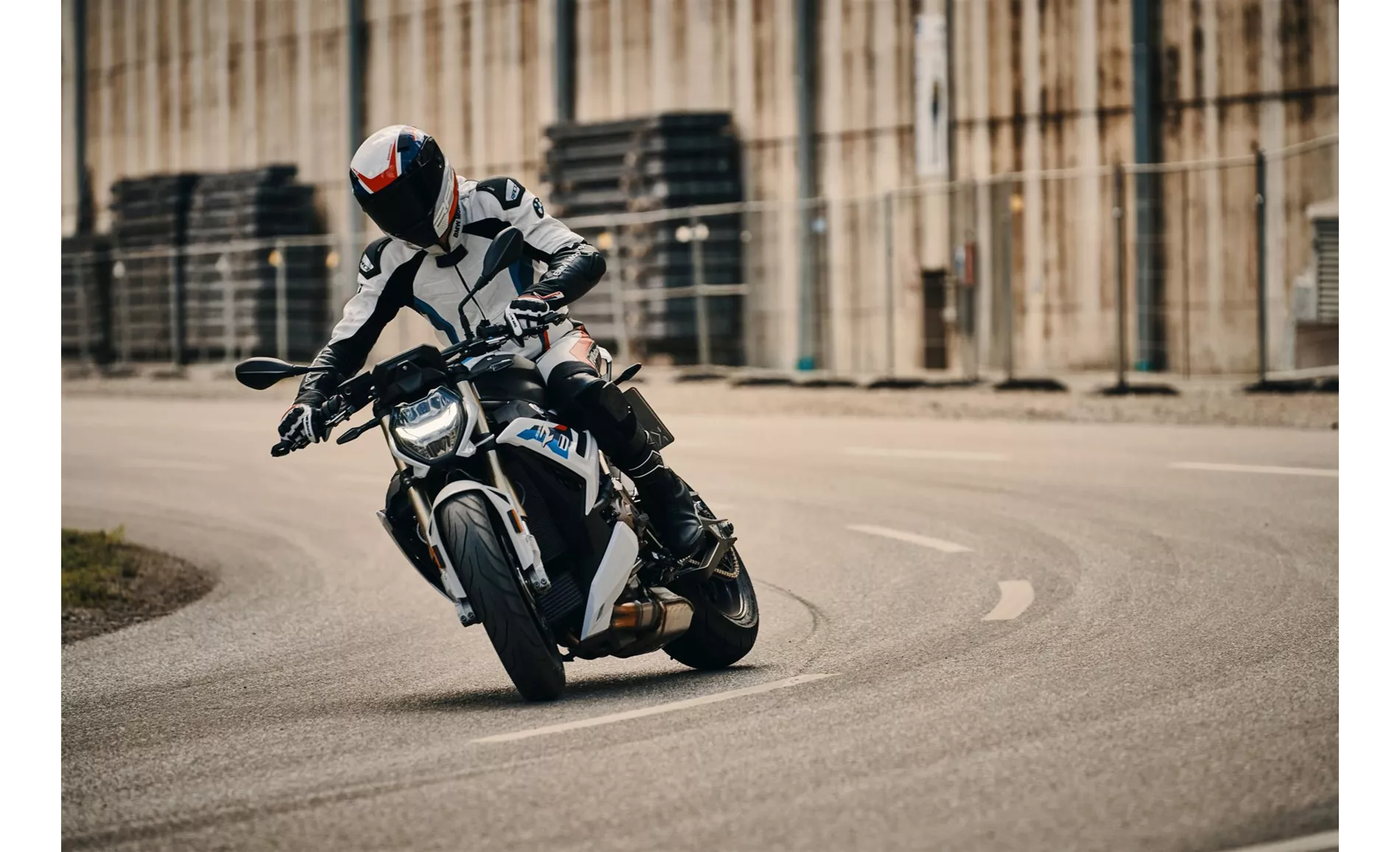
BMW S 1000 R 2021
In terms of chassis, the BMW S 1000 R 2021 has an aluminum frame, which is lighter and provides better handling compared to the steel frame of the Kawasaki Z900 2018. The BMW's frame type is also a twin tube, further enhancing its rigidity and stability.
Both bikes have double disk brakes at the front with four pistons, but the BMW S 1000 R 2021 has larger diameter disks at 320 mm compared to the Kawasaki Z900 2018's 300 mm. The BMW also features radial technology, which improves braking performance and feel.
When it comes to advanced rider assistance systems, the BMW S 1000 R 2021 offers a wide range of features including ABS, hill start assist, riding modes, cornering ABS, ride by wire, traction control, and anti-wheelie. The Kawasaki Z900 2018 only has ABS.
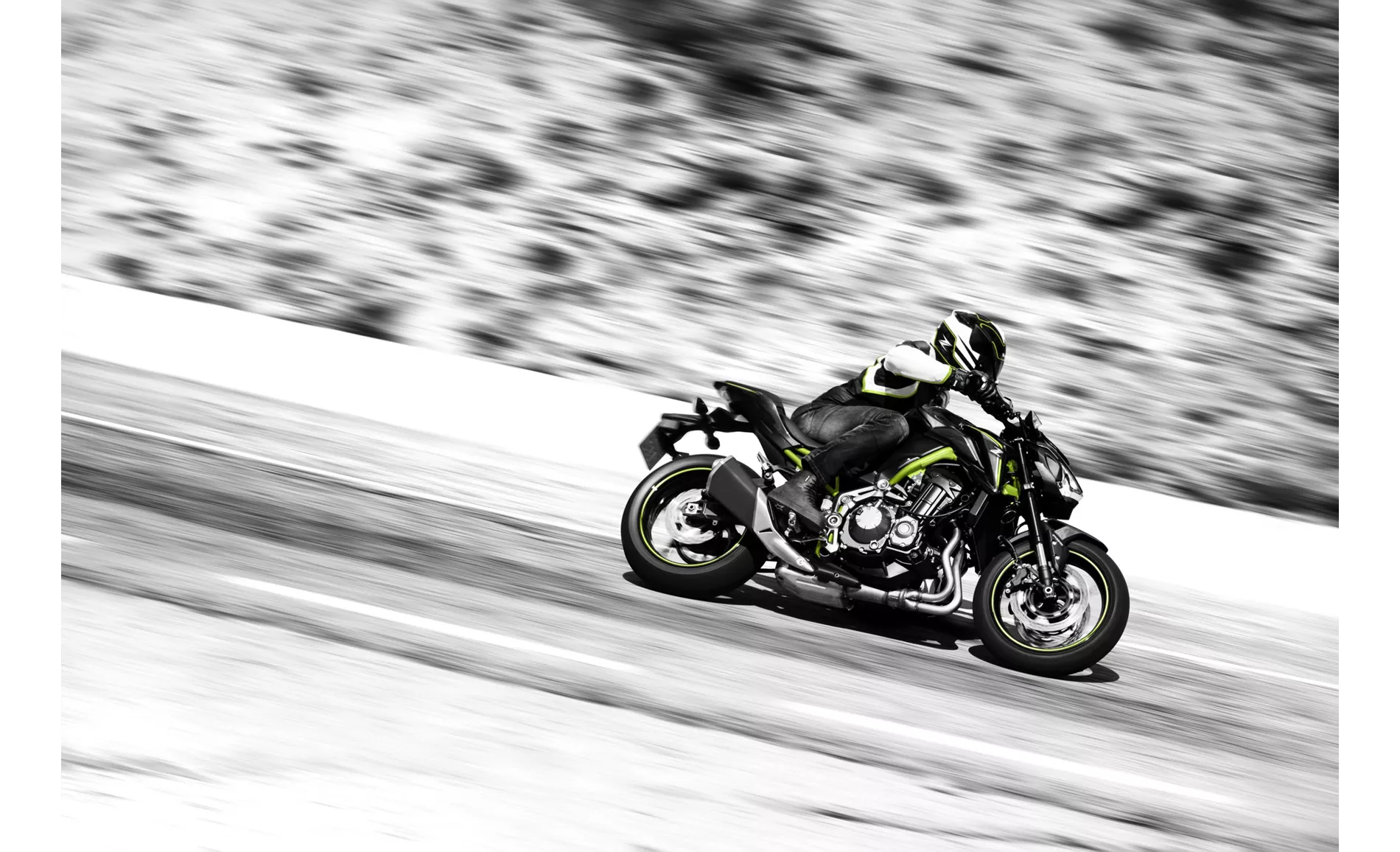
Kawasaki Z900 2018
In terms of dimensions and weights, both bikes have similar front and rear tire widths and diameters. They also share the same wheelbase of 1450 mm. However, the BMW S 1000 R 2021 has a higher seat height of 830 mm compared to the Kawasaki Z900 2018's 795 mm. The BMW is also lighter with a kerb weight of 199 kg compared to the Kawasaki's 210 kg.
In terms of strengths, the BMW S 1000 R 2021 stands out with its powerful engine, good brakes, comfortable ergonomics, and high-performance optional extras. It is also praised for being a great all-rounder. On the other hand, the Kawasaki Z900 2018 is praised for its powerful and smooth engine, great sound, sharp and sporty look, low seating position, and easy handling and maneuverability.
In terms of weaknesses, the BMW S 1000 R 2021 is criticized for its quickshifter not being perfect and its sound being slightly intrusive. It also has some vibrations in the handlebars. The Kawasaki Z900 2018 lacks traction control and the knee angle can be strenuous for tall riders on long rides.
In conclusion, the BMW S 1000 R 2021 offers more power, better suspension adjustability, a lighter frame, and a wider range of advanced rider assistance systems compared to the Kawasaki Z900 2018. However, the Kawasaki has its own strengths in terms of engine smoothness, sound, and handling. Ultimately, the choice between the two models will depend on the rider's preferences and priorities.
Technical Specifications BMW S 1000 R 2021 compared to Kawasaki Z900 2018
Pros and Cons in comparison
Pros and Cons in comparison
BMW S 1000 R 2021
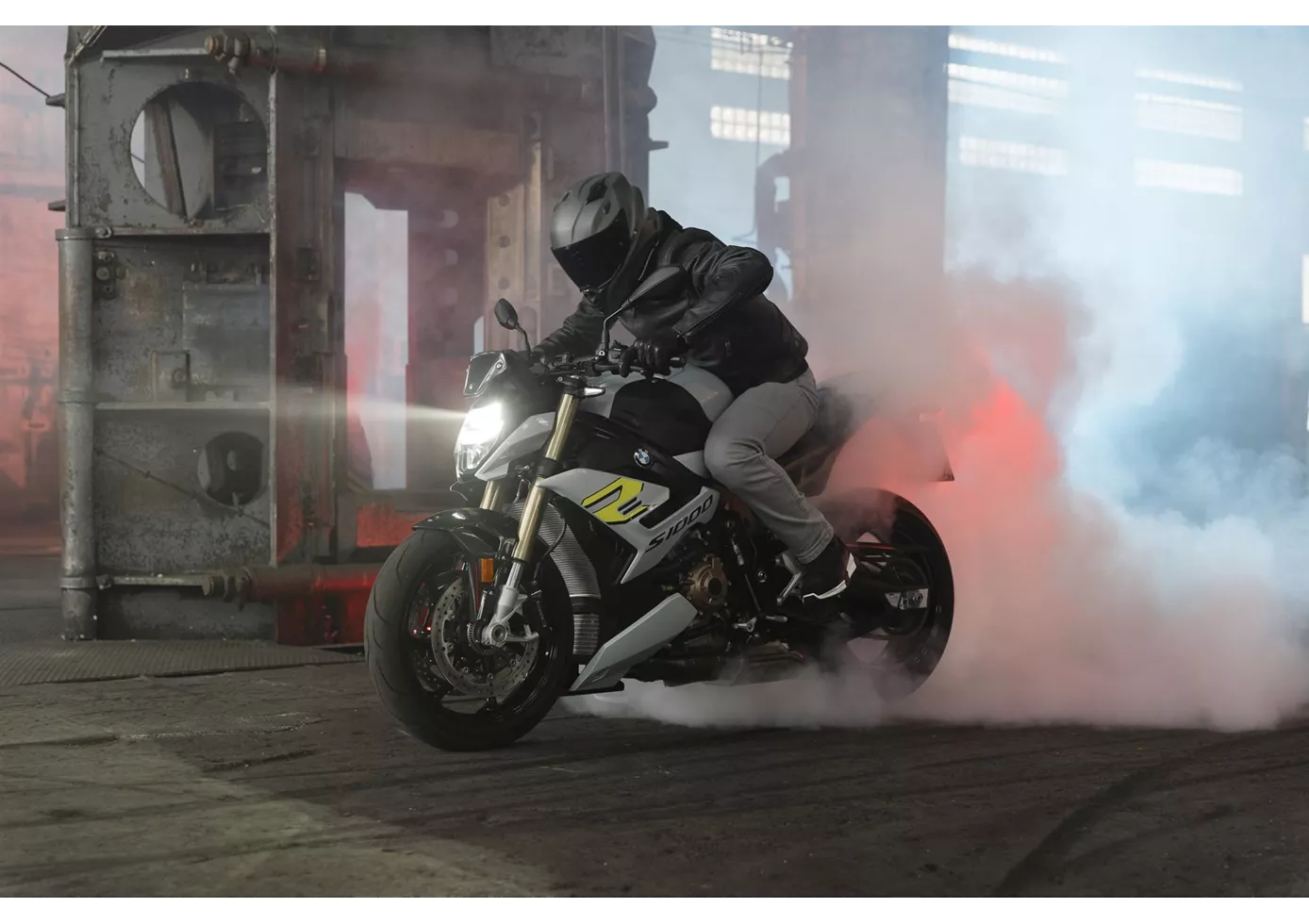
It's really impressive how BMW always manages to make good motorbikes even better. The sporty S 1000 R with M package and carbon rims looks a bit threatening at first. But even in 2021, the S 1000 R serves up high-tech and performance in a grandiose, usable dosage. The machine rides precisely, handles well but is not tippy. The engine fires out of the corners, but does not overtax. A damn fast motorbike!
Kawasaki Z900 2018
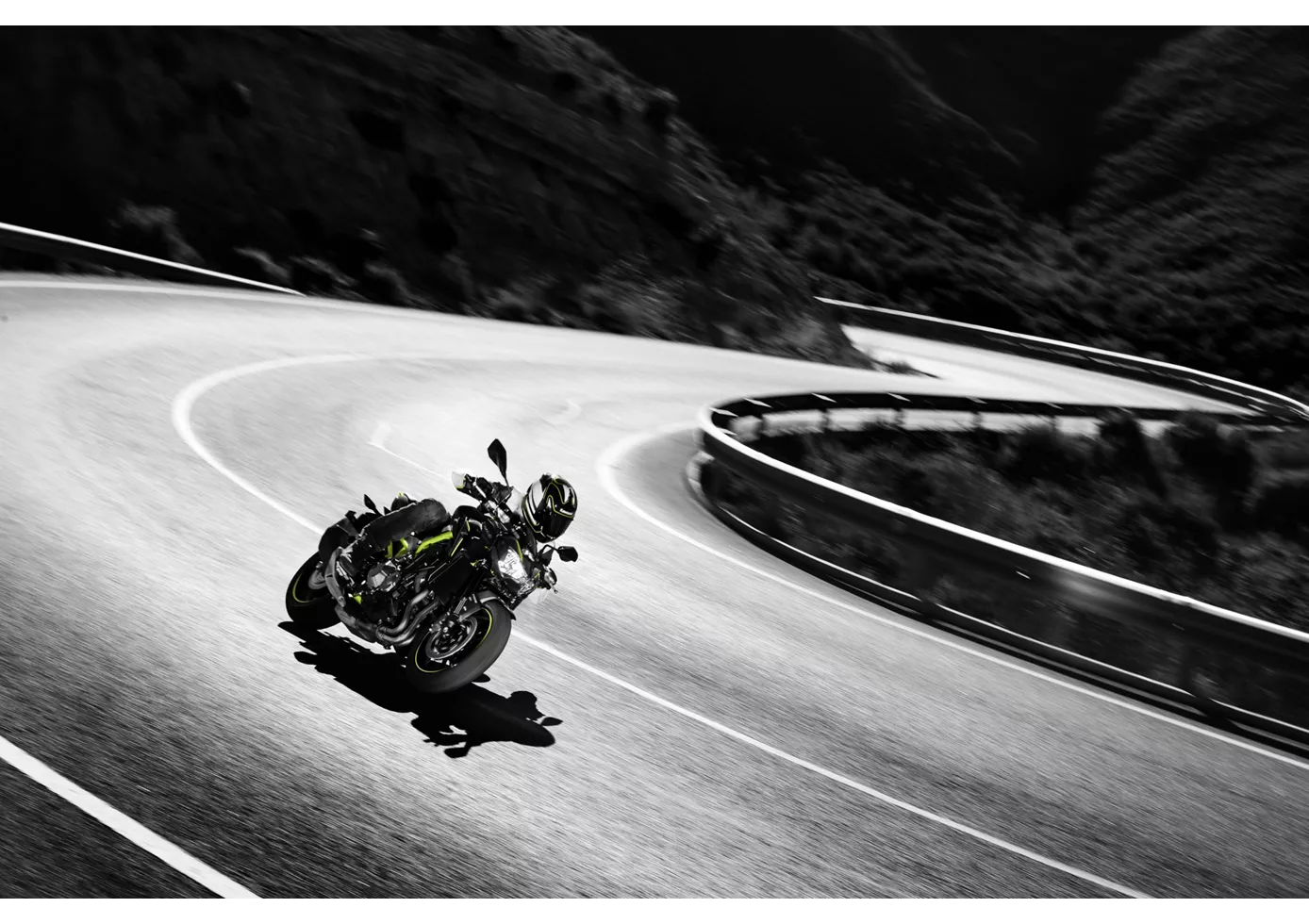
In the hotly contested naked bike segment, the Z900 plays right at the front. Above all, its engine is absolutely terrific, runs incredibly silky and offers rich power in all rev regions - as befits a Japanese four-cylinder. Its sporty, aggressive appearance matches this. It does without electronic bells and whistles, but still conveys a lot of confidence when chasing corners, braking and accelerating out of them. The low seat is especially beneficial for smaller riders, but taller riders might miss a flatter knee angle on long distances. The low weight and compactness make the Z900 particularly agile and easy to handle. A sporting cannon that is also extremely appealing in terms of price
Price Comparison Avarage Market Price BMW S 1000 R vs Kawasaki Z900
There are a few key differences between a BMW S 1000 R 2021 and a Kawasaki Z900 2018. In terms of price, the actual average price of a BMW S 1000 R 2021 is about 88% higher. Compared to Kawasaki Z900 2018 there are less BMW S 1000 R 2021 bikes available on the 1000PS.de Marketplace, specifically 15 compared to 55. It takes less time to sell a BMW S 1000 R with 67 days compared to 112 days for a Kawasaki Z900. Since model year 2014 1000PS.de editors have written 62 reviews for the BMW S 1000 R and 46 reviews for the Kawasaki Z900 since model year 2017. The first review for the BMW S 1000 R was published on 11/3/2013 and now has more than 17,300 views. This compares to more than 93,200 views for the first review on Kawasaki Z900 published on 11/11/2016.
